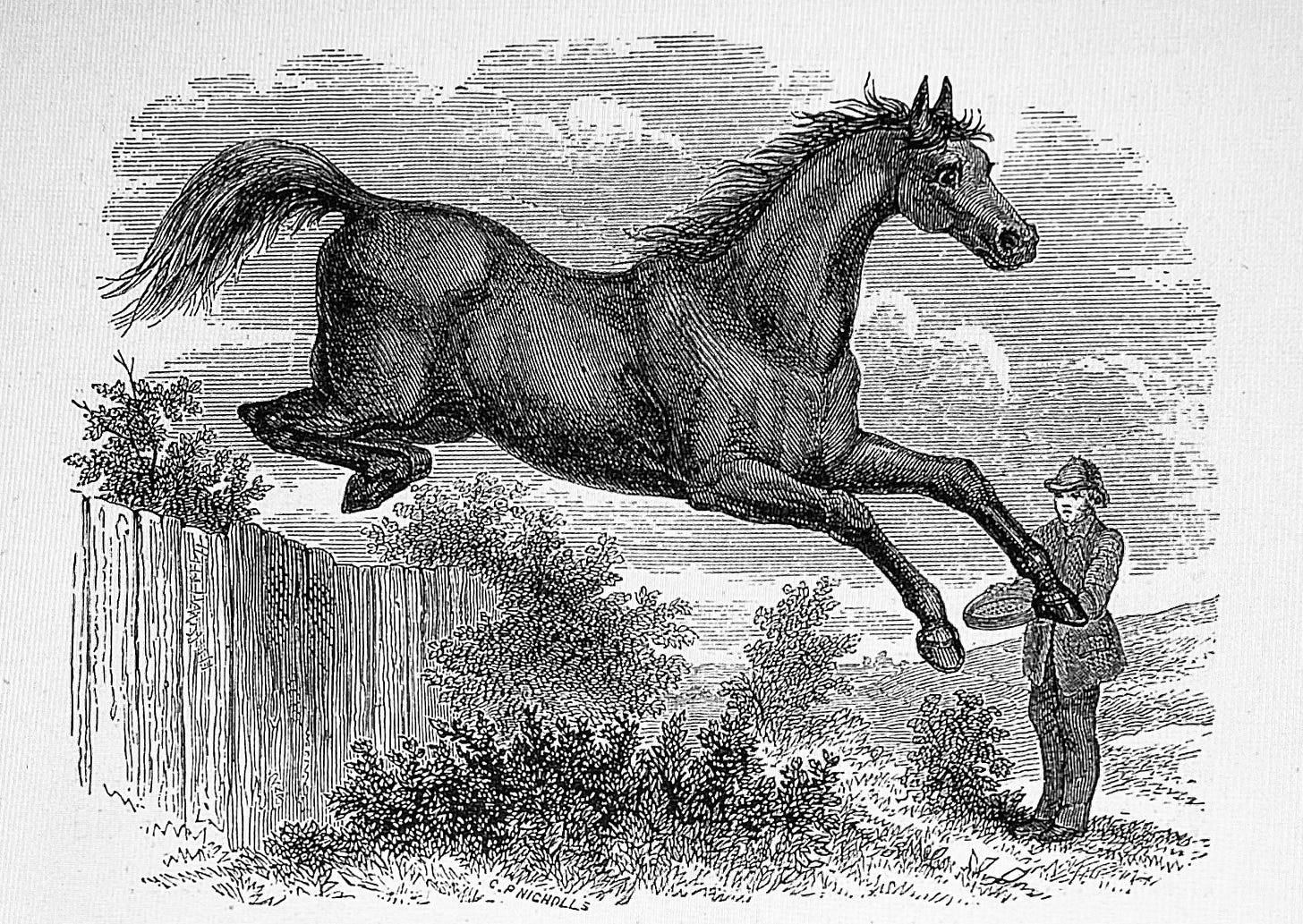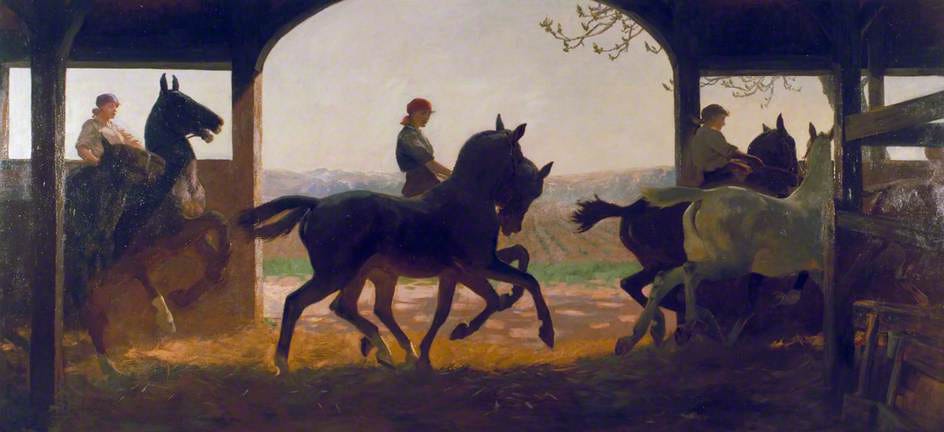Fun on the Stack
Setting up this new Substack thread, I thought I should at least let my contacts on WhatsApp know what I was up to. So I reckoned if I created a mailing list of WhatsApp addresses, appropriately named John's List, it would be a useful precursor to a WhatsApp mail out!
Digital panic
But almost as soon as I added names to my list I began to get reponses from the people I had added, causing a certain amount of that digital panic you get when you really don't know what you're doing on social media. The responses from my correspondents were quite encouraging, ranging from 'Intriguing' to 'I'm honoured' and 'Feeling special'. But there were also quite a few who 'left'. I quickly realised I needed to send out some content into those WhatsApp gaps I had left when contacting people without telling them why I was doing so.
A tiger by the tail
I also quickly realised that I was familiar with this feeling of a hollow in my stomach as I saw those mostly kind but sometimes rejecting messages arrive. I left Twitter, Facebook, Instagram, LinkedIn and quite a few other platforms years ago when I felt they no longer contributed positively to my life, although they had been very useful for building an audience for Shedman.1 That panicky hollow in the tummy was the same feeling of having a tiger by the tail that was so familiar from those other platforms when my approach wasn't planned, thoughtful, entertaining and, well, caring for the audience. So mea culpa, mea sabotaga!
In fact once I had sent my first Substack post explaining what A Patch of Sky is all about, people were very complimentary and seemed to forgive my momentary lapse in social media etiquette. I received comments like 'Looking forward to reading more', 'It will be a welcome addition to the week', 'Hope the book is shaping up', 'Thanks for including us' and, my favourite, 'Ooh lovely'.
'Look before you leap' is a reliable proverb. But taking the leap anyway can be just as significant and a great way to learn.

Leap and learn
And learn I have. My experience has revealed a few facets of Substack I hadn't considered before.
Substack is a social media platform, no matter how much it portrays itself as some form of escape from the social media ecosystem. There's therefore a danger of dropping into the social media mindset where one compresses experience into 140, now 280, characters, or sees life as a process of image capture with clever-dick comments. Even worse, life becomes the sterile, over-trawled seabed of social media input so that life is lived to generate social media posts, effectively changing and commodifying life to suit the algorithm, to find and frame useable stuff, for TikTok for example.
Substack does allow one to step aside from this kind of obsessive behaviour. However one joins Substack – by a leap or through cautious preparation – it offers to be a companion to the life led, rather than its leader.
Anyway, here are some of the rays from my patch of sky last week.
Marlow Moss (1889-1958)
You can see some of their work at Tate St. Ives in Cornwall. For around twenty years, they lived near Lamorna Cove. In the words of Daily Art Magazine, “Largely forgotten until recent years, Marlow Moss transcended the rigid boundaries of traditional art and binary gender expression. The 20th-century British artist’s bold contributions to European abstraction inspired the likes of Piet Mondrian.” They seem to have stepped from the Paris pages of The Well of Loneliness by Radcliffe Hall.
There’s also an article about them in The Guardian - Marlow Moss Cornwall’s forgotten art maverick
A discussion of Shakespeare’s Twelfth Night on In Our Time, BBC Radio 4
Ever since playing one of the Ugly Sisters at primary school, I’ve always been fascinated by plays, pantomimes and stories involving cross-dressing. Last week I listened to the programme from last December all about Shakespeare’s play Twelfth Night with the alternative title What You Will. There’s a great quote about Malvolio from Michael Dobson, Professor of Shakespeare Studies and Director of the Shakespeare Institute at the University of Birmingham.
‘He’s the character in a comedy who doesn’t know he’s in a comedy and refuses to be in a comedy and he doesn’t approve of comedy.’
It’s a comment with a curious echo in Elon Musk’s dismissal of Ross Gerber, chief executive of the investment management firm Gerber Kawasaki, who accused Musk of toxic behaviour on X that has led to a drop in Tesla’s share value and has damaged the brand, as reported in The Guardian.
Musk responded in typical style on X, calling Gerber an ‘idiot’ who ‘can’t even tell he’s an idiot’.
PS: Isn’t ‘twelfth’ one of the most beautiful words in the English language?
Remount Research
I’m researching the Remount Service that retrained horses for active duty during the First World War. The UK National Archives blog gives the bureaucratic machinery and paperwork that lie behind the story of Michael Murpurgo's War Horse and war horses generally.
‘The Army Remount Department was the body responsible for the purchase and training of horses and mules between 1887 and 1942. Prior to the First World War the British army possessed around 25,000 horses; by the middle of 1917 this had increased to around 600,000, plus camels and oxen.’

Alfred Munnings and Florence Carter-Wood
Sir Alfred Munnings (1878-1959) was a celebrated equestrian painter who painted Canadian troops and their horses on the front line during the First World War. (Take a look at Beauty in desolation.)
Earlier in his life Alfred lived for a while in Cornwall and was a member of the Newlyn School of Art. Florence was also an artist. Munnings’ nickname for her was Blote. In this portrait of Florence, painted by Munnings in the year they were married, she seems to be almost faceless. She first tried to commit suicide on their honeymoon.

Munnings was often away, leaving Florence in Lamorna. She and Gilbert Evans, a young army captain, became close friends, and probably lovers, but he left England for Nigeria. Florence subsequently committed suicide in July 1914.

Deer in West Penwith
A chance meeting on the coastal path to Porthgwarra provides a full answer to the question about deer in West Penwith. Yes, says the man from Crean, there are deer everywhere, and all kinds. I mention seeing a stag in a field of cattle near St Levan church. My herd, the stag thinks, he says. There are two stags in particular living in a copse near the coastguard’s boating lake (! – who knew?) near Rôskestal. A few years ago, on a dark, afternoon with a low cloud shrouding the countryside, his wife was driving towards St Buryan when two huge stags came hurtling towards her from the mist, one pure white. She braked to avoid them but they veered away into a field.
Young Again with Philip Pullman
Thanks to Kay MacDonald for the link to Young Again #12 on BBC Sounds – Kirsty Young in conversation with Philip Pullman.
A couple of memorable Pullmanisms:
'Parents die thoughtlessly before you can ask what was going on.'
‘The biggest part religion played was introducing me to the language of the Authorised Version of the bible. But even more importantly the language of the 1662 Book of Common Prayer, which was all around me.’ He lived with his grandparents at times and his grandfather was a Church of England rector in Norfolk.
And a reminder of ‘Poetry communicates before it is understood.’ T S Eliot
Poul Anderson: On Thud & Blunder
Keeping up this week’s equestrian theme, I chanced across an essay by Danish-American fantasy and sci-fi writer Poul Anderson on the Science Fiction & Fantasy Writers Association website, with some good advice for writers of ‘Heroic Fantasy, or Sword and Sorcery’.
‘You cannot grab any old horse and go to battle on it. It’ll instantly become unmanageable. Several of us in the Society for Creative Anachronism tried a little harmless jousting, and soon gave up … and this was with beasts whose owners were already practicing the more pacific equestrian arts, such as tilting at a ring. War horses had to be raised to it from colthood. The best cavalrymen were, too. For lack of that tradition, the vikings, for instance, never fought mounted. Upon landing in a victim country, they’d steal themselves four-legged transportation, but having reached a scene of action, they’d get down.’
Anderson concludes, ‘We can let our hero have all kinds of adventures, buckle all kinds of swashes. I merely submit that he ought to do so in a world which, however thaumaturgical, makes sense. The more it does, the more the reader will enjoy — and the more he will come back for more.’
Passenger on ITV worth a watch - and back to stags again
Very well directed with a tight script, some fine one-liners and a great sense of place - rural Lancashire. (Although shame about the sudden appearance of trees in leaf when it’s supposed to be winter. That’s global warming for you!)
Detective (commenting on a ripped-apart stag carcass in the middle of a road) ‘You’re not telling me a Punto’s done that!’
And about a victim dead after a fall from a tower. ‘What d’you think happened? Choked on a nut?’
Thanks for your interest in this week’s patch of sky.
I hope you enjoyed it and found something of interest. There will be another patch of sky overhead next week. In the meantime try this…
Ah! Happy memories and more of him later - he'll be launching his own Substack, Shedstack later this year.







I’ll get the hang of this soon. I just sent you a message from my Shedstack which isn’t live yet. Thanks for your comment.
Thanks ffarington. I remember someone telling me that there’s a strong connection between English and Old Frisian.